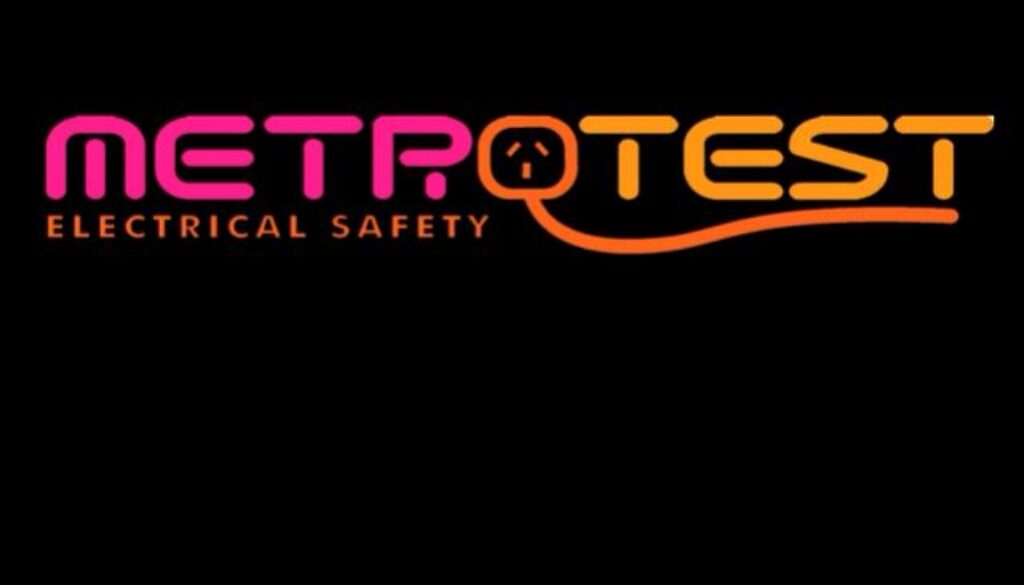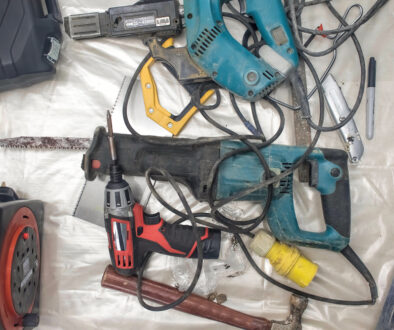What to look for in a Portable Appliance Tester

It is no secret that Metrotest believe in making sure you get the best tester for carrying out test and tag of appliances in the workplace.
This is why we test and trial Portable appliance testers before we start selling them, over the years we have found a few things that we think will help you decide on the best tester for you or your company.
we would consider it very unwise to purchase a PAT that does not do a leakage test at mains supply along with the following:
Earth Bond Class I – 200mA, 10 and 25Amps.
The Earth on an appliance is your lifeline and should be tested accordingly; the 200mA test is suitable for IT or sensitive type equipment however if you want to test something for safety then the best option is to ensure the item is tested at a high current. This will help to eliminate items that have begun to develop a fault but may not be able to be found using the lower current test.
Related Standards:
- AS/NZS 3004.1:2014 Electrical installations – Marinas and boats – Part 1: Marinas
- AS/NZS 3001:2008 Electrical Installations – Transportable structures and vehicles including their site supplies
- AS/NZS 3002:2008 Electrical installations – Shows and carnivals
- AS/NZS 3012:2019 Electrical installations – Construction and demolition sites
- AS/NZS 3019:2007 Electrical installations – Periodic verification
- AS/NZS 3551:2012 Management programs for medical equipment
- AS/NZS 5761:2011 In-service safety inspection and testing – Second-hand electrical equipment prior to sale
- AS/NZS 5762:2011 In-service safety inspection and testing – Repaired electrical equipment
- Electricity (Safety) Regulations 2010
-
AS/NZS 3760:2010 In-service safety inspection and testing of electrical equipment
Regulation 26: When fittings and appliances in use deemed to be electrically safe
250- and 500-Volt Insulation Test
Insulation testing is required under the AS/NZS 3760 however there is a very important part of this that needs to be considered; surge protected equipment will not handle being tested at 500V, if you purchase a tester that does not carry out a 250V insulation test, you will need to either carry out a leakage test or completely forget about testing surge protected equipment.
Load Test (Leakage Test)
This is the preferred test to meet obligations under AS/NZS3760 and is required to be carried out on any equipment that has internal switching resulting in the item being required to be powered up before it can be correctly assessed for electrical safety. There are several types of leakage testing, some of which are not suitable for meeting the requirement of AS/NZS3760.
Example:
You will need to be able to carry out a differential leakage test on three phase equipment to ensure the equipment works correctly, this is often carried out using a clamp and adaptor lead.
An insulation resistance test will not truly meet the requirements of the AS/NZS3760 in this instance.
Stores Results/Downloadable – entered via a keypad
Results/records are important and since the recent release of the updated AS/NZS3012 they are becoming more common a request from auditors, the easiest way to be able to prove that you are testing/having your equipment tested correctly is to have full records available with numerical values that show exactly what was tested and how, the numerical results should show the values of the tests that were carried out thereby eliminating risk of fraudulent testing.
All of these suggestions are made by a company that carries out test and tag as our core business, we do not simply sell portable appliance testers or test and tag training we are a test and tag business with years of experience designing and perfecting test equipment for our own use. Now we are sharing it with you.


